
Fine Homebuilding Project Guides
Siding & Exterior Trim
Trusted, comprehensive guidance from the pros for choosing, installing, and repairing siding and exterior trim
Siding and exterior trim (along with roofing) are a home's first line of defense against sun, rain, and wind. They are critical to both how a home looks and how it performs. The variety of siding and trim materials available today is greater than ever before, and the choices sometimes can be confusing. With expert advice from carpenters and builders, this project guide will help you evaluate all the material options and share tips and techniques for installing siding and trim the right way. And because nothing lasts forever, we'll end with a chapter on repairing siding and exterior trim.
Choose a Chapter
Search Guide-
Choosing Siding
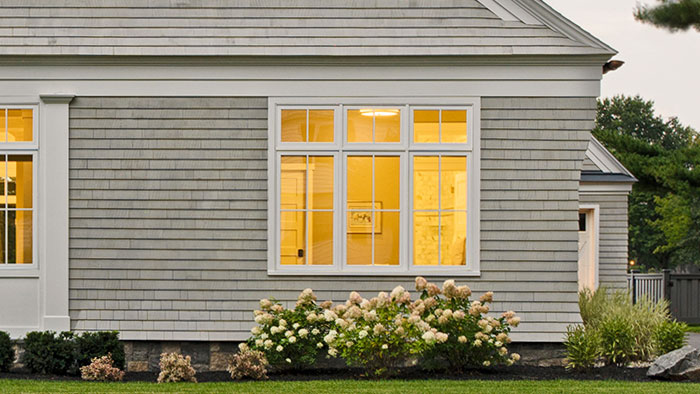
There is a wide range of siding materials installed on homes in North America, and the ideal choice for any home depends on a number of key factors. Durability and cost typically lead the decision-making process, but house style, personal taste, and regional availability, also come into play when choosing the best cladding. In this introductory chapter, we'll weigh the pros and cons of popular types of siding—including wood, brick, vinyl, stucco, and fiber cement—and we'll also look at some newer and lesser-known options, such as poly-ash siding, engineered wood clapboards, manufactured stone, corrugated steel sheets, and even ceramic tiles.
-
Installing Siding
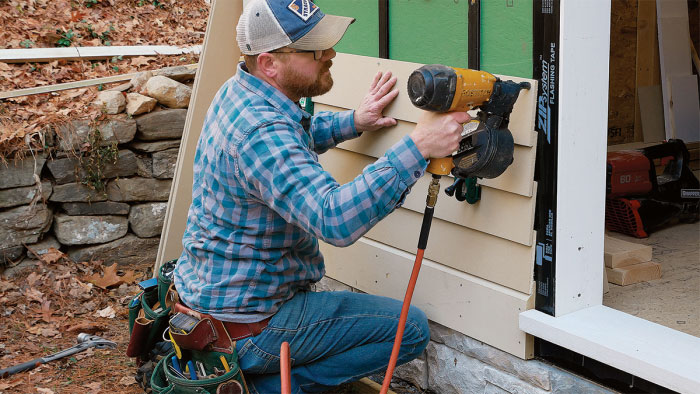
With so many different types of siding, it's no surprise that there are a lot of different installation methods. In this chapter, we'll break them down, siding by siding. Clapboard siding is the type most people are familiar with, so we'll start there, before moving on to the intricacies of installing cedar shingles. Fiber-cement siding requires some specific tools to simplify and speed installation, while vinyl in turn has a unique installation method. We round out the chapter with advice on installing stone veneer and other masonry claddings. And no matter what the siding, a common theme is the importance of installing a vented rainscreen to keep the siding dry.
-
Choosing Exterior Trim
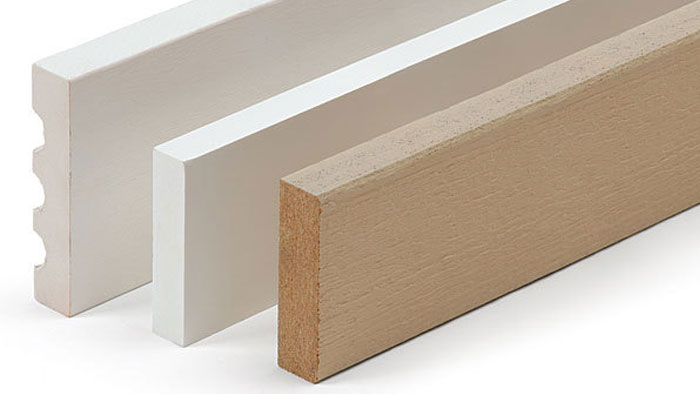
Much like siding, exterior trim has changed a lot in the last 20 years or so. No longer is solid wood the only option for exterior trim, with engineered-wood products and cellular PVC taking up a larger and larger portion of market share. Engineered trim materials are decay-resistant and easy to work with and tend to perform better than new-growth lumber. In this chapter, we'll sort through all the options, including fiber cement, wood composite, fly ash, and PVC, and also offer some advise on the design of such trim elements as roof rakes, eaves, and cornice returns.
-
Installing Exterior Trim
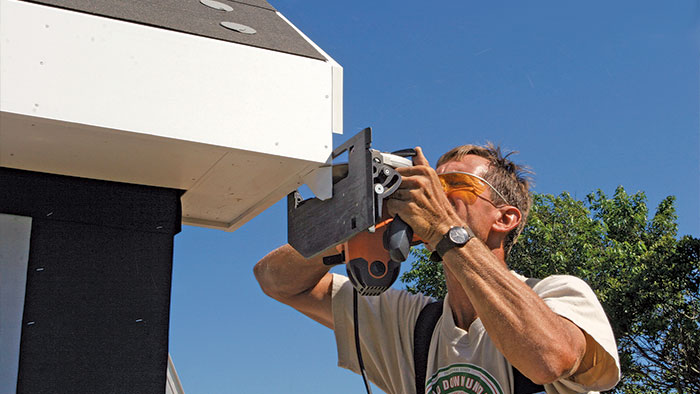
Exterior trim plays a big role in defining the character of a home, so it's important to get the installation right. This chapter presents the best ways to install the various trim elements, from fascias, eaves, and soffits to corner boards and window and door trim. (We've even included a video series on reproducing a corbel for a 19th-century house restoration.) Many of these trim elements are available in a variety of materials, so in addition to featuring wood trim, we'll also give you expert advice on working with PVC, wood composites, and other engineered trim materials.
-
Repairing Siding & Trim
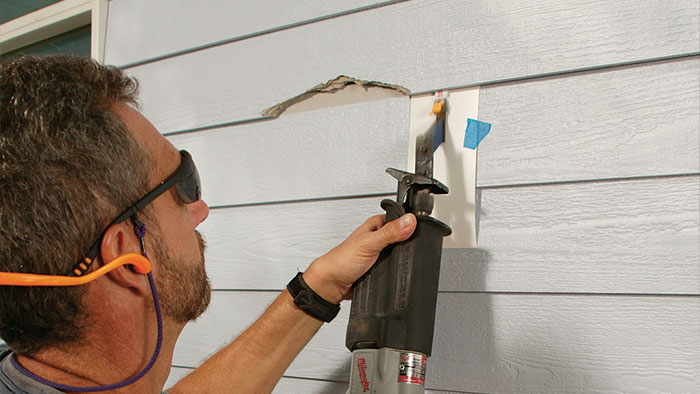
One of the downsides of working with wood siding and trim is that wood is prone to rot. The damage may be minimal, in which case you can patch just the affected area, or you may need to replace whole clapboards, shingles, or trim boards. But wood is not the only material that may need repairing or replacing in time, so this chapter also includes information on replacing fiber cement and vinyl siding. And to round out the guide, we'll show you how to patch cracked and crumbling stucco and repair broken bricks.
- Home Group
- Antique Trader
- Arts & Crafts Homes
- Bank Note Reporter
- Cabin Life
- Cuisine at Home
- Fine Gardening
- Fine Woodworking
- Green Building Advisor
- Garden Gate
- Horticulture
- Keep Craft Alive
- Log Home Living
- Military Trader/Vehicles
- Numismatic News
- Numismaster
- Old Cars Weekly
- Old House Journal
- Period Homes
- Popular Woodworking
- Script
- ShopNotes
- Sports Collectors Digest
- Threads
- Timber Home Living
- Traditional Building
- Woodsmith
- World Coin News
- Writer's Digest




